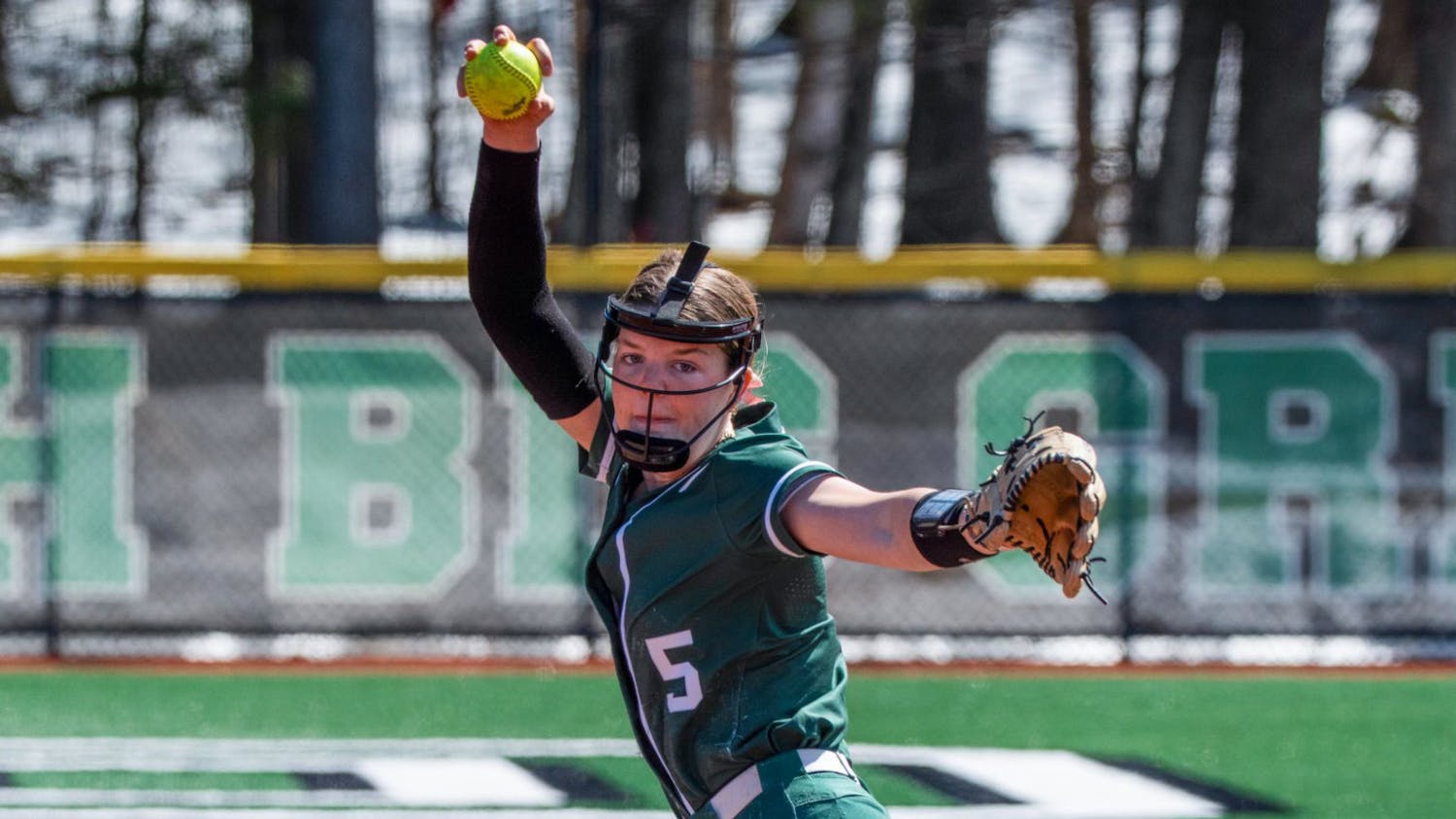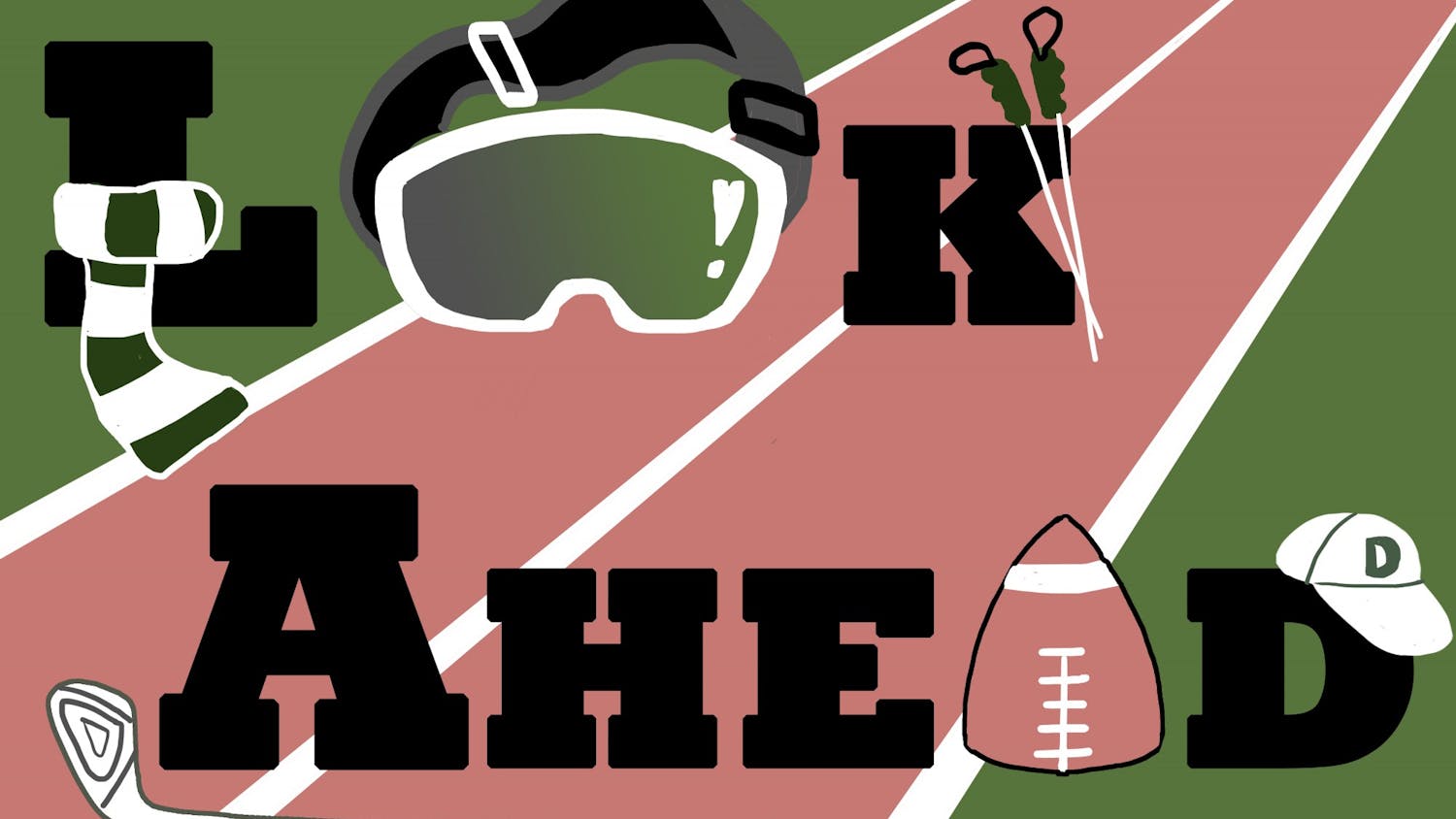It's no secret that relations between the United States and China, which have never been rosy, appear particularly strained in the aftermath of the this whole spy-plane incident. What could result from the surmounting tension between these two world powers? My fellow sports fans, prepare for a revival in American distance running! This is exactly the opportunity that we track and field aficionados have been waiting for - an opportunity to return to the nationalism that led American distance runners to unprecedented heights throughout the Cold War.
Although the U.S. and Russia were clearly political foes from 1946-1988, the Cold War often manifested itself through athletics, the most notable examples being the 1972 Olympic contest in which the Russian basketball team stunned the undefeated Americans, and the "Miracle on Ice" of the 1980 Olympics when the U.S. returned the favor by shocking a superior Russian hockey team. Through gymnastics, swimming, and track and field, U.S. athletes would compete against Russia and the Eastern satellite nations who were driven by an obsession to beat their Western foes.
Forced to compete physically and ideologically against the Russians, American runners rose to the occasion from the 1960s through the 1980s. Although there are several reasons for the decline of distance running, the ghosts of Van Cortland Park would point to the Berlin Wall. Van Cortland Park, the mecca of cross-country running, has seen only three out of its 40 fastest high school performances since 1988, despite the improvement of course conditions.
The national high school mile record was set by Jim Ryun in 1965, the two-mile record by Jeff Nelson in 1979, and the 5,000-meter record by Gerry Lindgren in 1964. In fact, no national high school distance record had been broken since 1986, until Alan Webb broke the 44-year-old 1000-meter record this year.
Can anyone explain why American distance running suffered such harsh repercussions in the aftermath of 1988? Running spikes and track surfaces have improved significantly, professional runners are well paid for the first time, and high school participation remains extremely high. Some have insisted that the emergence of African runners on an international level have discouraged American teenagers, or that the running craze peaked in the late 70s, but for these nay sayers, I have two words for them: Cold War.
There have been two beacons of hope to emerge in the past year: the media-proclaimed savior of track, Alan Webb, and his less-known nemesis, Dathan Ritzenhein. Webb drew national attention when he ran a 4:06 mile as a high school sophomore and a 4:02 as a junior, threatening to become the first high schooler to break the four-minute mile since 1968.
But when Webb dropped out of the National Championships last spring, (citing lack of competition) Ritzenhein stole the show, winning the two-mile in an astounding 8:48 then running a 4:12 mile the next day to guide his four-Mile relay team to victory. There was much hype surrounding the pair as they clashed at the Foot Locker National Cross Country Championships this past fall.
Although cross-country is not Webb's forte, many were surprised by Ritzenhein's 20-second victory, the largest margin in the history of the championships. Webb returned to the spotlight this winter, however, by becoming the first high schooler in history to break the four-minute mile indoors, and then winning the national two-mile run in 8:45, with Ritzenhein absent at the World Cross Country Championships.
Though we still haven't progressed to a state of "Cold War," per se, even with this recent incident, I think American distance runners have gotten the message. Let's suit up boys.



